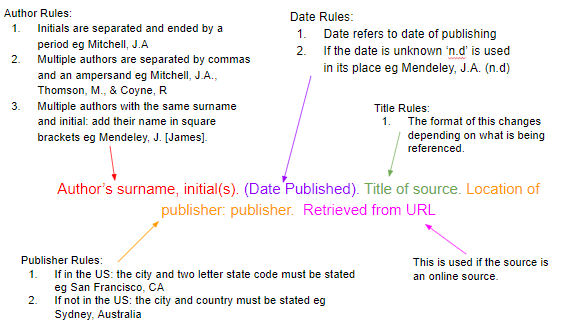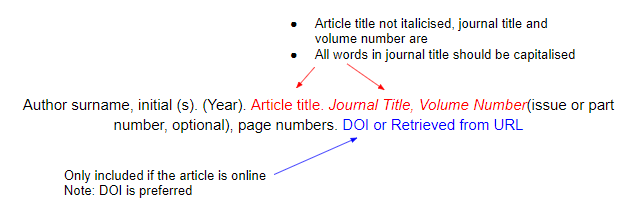Publisher :

Manuscript Preparation
Submission : Submit a Microsoft Word file via the Journal koridor Online Submission System at the journal portal. Maximum 25 pages (A4, 1.5 spacing) including abstract, figures, tables, and references. Abstract & Keywords. Provide an abstract of 100–200 words (aims, methods, results, conclusion) and 5–10 keywords/phrases. Language & Units. Manuscript in English, using SI units. Formatting : Times New Roman 11 pt, 1.5 line spacing, 12 pt spacing between paragraphs, 24 pt before the next heading; paper size A4 with margins: top 1.75 cm, bottom 1.55 cm, left/right 3 cm. References : Number references in order of appearance and give complete details (authors’ initials, title, year, pages, source). Follow the journal’s examples. Figures & Tables : Size them so all text is legible. Equations : Use Microsoft Equation Editor or MathType; number as (1), (2), … aligned to the right. Reference Manager : You may use EndNote, Mendeley, or Zotero. Template : Use the journal’s MS Word template : LINK
Script Structure
The structure of the script is at least as follows:
Citation Format
Citation format in the manuscript with numbering in square brackets [n]. Every number must be listed in the bibliography section, and a minimum is 15 references. The numbering of citations in manuscripts does not have to be sequential except in the bibliography.
Example:
Architecture (Latin architectura, from the Greek á¼€ÏχιτÎκτων arkhitekton "architect", from á¼€Ïχι- "chief" and Ï„Îκτων "creator") is both the process and the product of planning, designing, and constructing buildings or other structures [3]. Architectural works, in the material form of buildings, are often perceived as cultural symbols and as works of art. Historical civilizations are often identified with their surviving architectural achievements [2].
Quotations in the manuscript and procedures for writing a bibliography
Use italics font with two quotation marks (opening and closing), for example: “quotation,†[3]
Bibliography Format
Bibliography format accepted by Koridor journal:
1. Bibliography in a separate section
2. System with numbering [n]
3. Each bibliography number must be in the body of the text, vice versa
4. The distance between the number and the initial text is 0.75 cm and 1.25 cm in the second line of text from the left margin.
5. Basic bibliography format

Format of bibliography sourced from books

Examples:
Mitchell, J.A., Thomson, M., & Coyne, R.P. (2017). A guide to citation. London, England: My Publisher
Jones, A.F & Wang, L. (2011). Spectacular creatures: The Amazon rainforest (2nd ed.). San Jose, Costa Rica: My Publisher
Mitchell, J.A., Thomson, M., & Coyne, R.P. (2017). A guide to citation. Retrieved from https://www.mendeley.com/reference-management/reference-manager
Format of bibliography sourced from translated or edited books

Example:
Troy, B.N. (2015). APA citation rules. In S.T, Williams (Ed.). A guide to citation rules (2nd ed., pp. 50-95). New York, NY: Publishers.
Format of bibliography sourced from journals or proceedings (print or online)

Examples:
Mitchell, J.A. (2017). Citation: Why is it so important. Mendeley Journal, 67(2), 81-95
Mitchell, J.A. (2017). Citation: Why is it so important. Mendeley Journal, 67(2), 81-95. Retrieved from https://www.mendeley.com/reference-management/reference-manager
Format of bibliography sourced from magazines (print or online)
Author surname, initial(s). (Year, month day). Title. Title of the Magazine, pp.
Example:
Mitchell, J.A. (2017). How citation changed the research world. The Mendeley, pp. 26-28
Format of bibliography sourced from the secondary source
Example:
Troy, B.N. (2015). APA citation rules. In S.T, Williams (Ed.). A guide to citation rules (2nd ed., pp. 50-95). Retrieved from https://www.mendeley.com/reference-management/reference-manager
Non-Print Material (eg. Image) bibliography format

Example:
Millais, J.E. (1851-1852). Ophelia [painting]. Retrieved from www.tate.org.uk/art/artworks/millais-ophelia-n01506
The bibliography format from the film
The basic structure is as follows:
Producer surname, initial (Producer), & Director surname, initial (Director). (Year of Release). Title of film [Motion Picture]. Country of Origin: Studio.
Example:
Hitchcock, A. (Producer), & Hitchcock, A. (1954) Rear window. United States of America: Paramount Pictures.
The bibliography format from the TV
The basic format is as follows:
Writer surname, initial(s) (Writer), & Director surname, initial(s) (Director). (Year of Release). Episode title [Television series episode]. In Executive producer surname, initial(s) (Executive Producer), TV series name. City, State of original channel: Network, Studio or Distributor
Example:
Catlin, M., and Walley-Beckett, Moire (Writers), & Johnson, R (Director). (2010). Fly [Television series episode]. In Schnauz, T. (Executive Producer). Breaking bad. Culver City, CA: Sony Pictures Television
The bibliography format from a song

Example:
Beyonce, Diplo, MNEK, Koenig, E., Haynie, E., Tillman, J., and Rhoden, S.M. (2016) Hold up [Recorded by Beyonce]. On Lemonade [visual album]. New York, NY: Parkwood Records (August 16)
Format of bibliography from the website
When citing a website, the basic structure is as follows:
Author surname, initial(s). (Year, month day). Title. Retrieved from URL
Example:
Mitchell, J.A. (2017, May 21). How and when to reference. Retrieved from https://www.howandwhentoreference.com.
If the author's name is unknown:
Unknown (2017, May 21). How and when to reference. Retrieved from https://www.howandwhentoreference.com.

Jurnal Koridor
Master Degree of Architectural Engineering
Faculty of Engineering
Universitas Sumatera Utara
Gedung J7, Lt. 2
Jalan Perpustakaan Kampus USU
Medan 20155 Indonesia
Contact : 082223219490 (Utari Ardha Damanik)
This work is licensed under a Creative Commons Attribution-ShareAlike 4.0 International License.